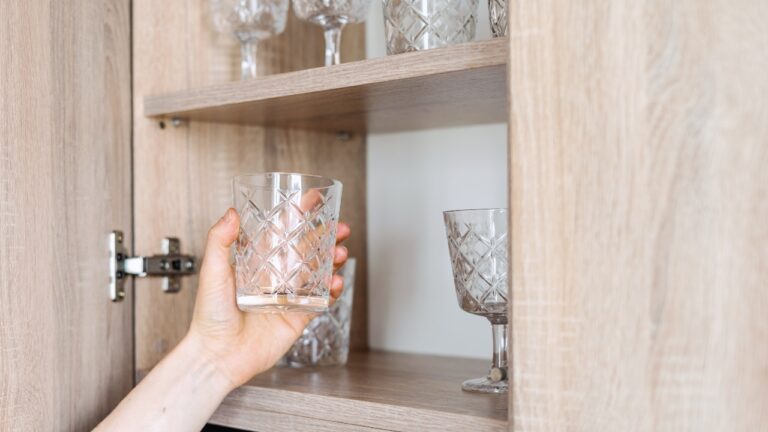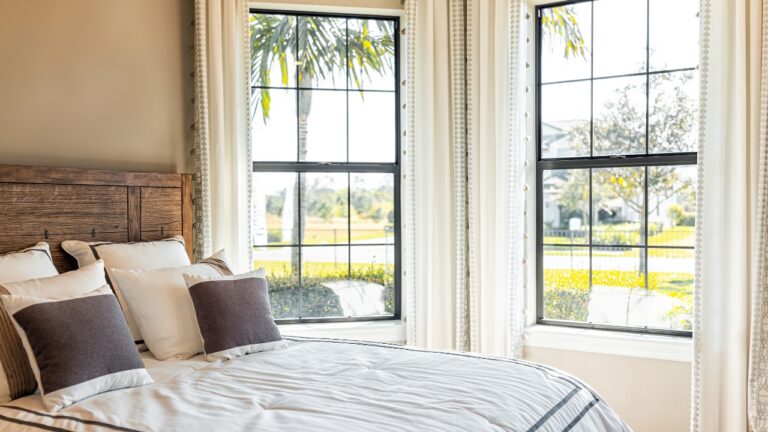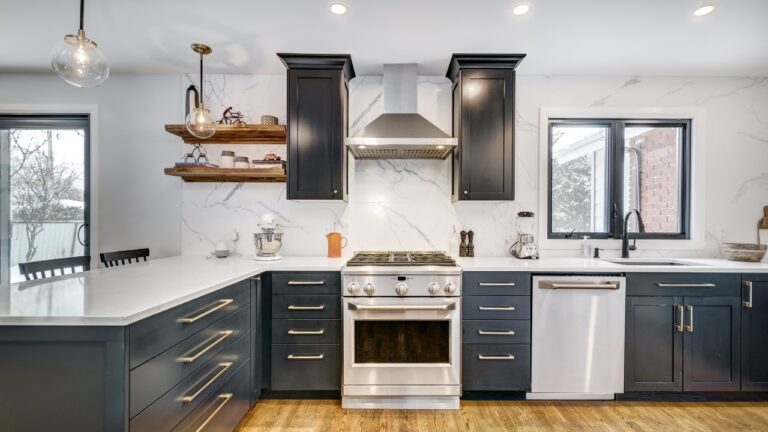The detail in your yard that’s silently telling people your home isn’t finished
You can have fresh mulch, a nice mower pattern, and pretty planters—and still have a yard that reads “mid-project.” The tell is the edge. Where your grass stops, your beds begin, and your walkway meets the lawn says more about your house than the flowers do. If the edges are fuzzy, lifted, or mismatched, the whole place looks halfway done.
Define the borders you already have
Look at every line: driveway, sidewalk, front walk, and bed perimeters. If grass bleeds into concrete, grab a flat spade or half-moon edger and cut a clean, vertical edge. Sweep or blow the grit off the hardscape so you see a crisp contrast. That single pass makes your yard read cared-for without planting a thing.
Choose one bed edge and commit
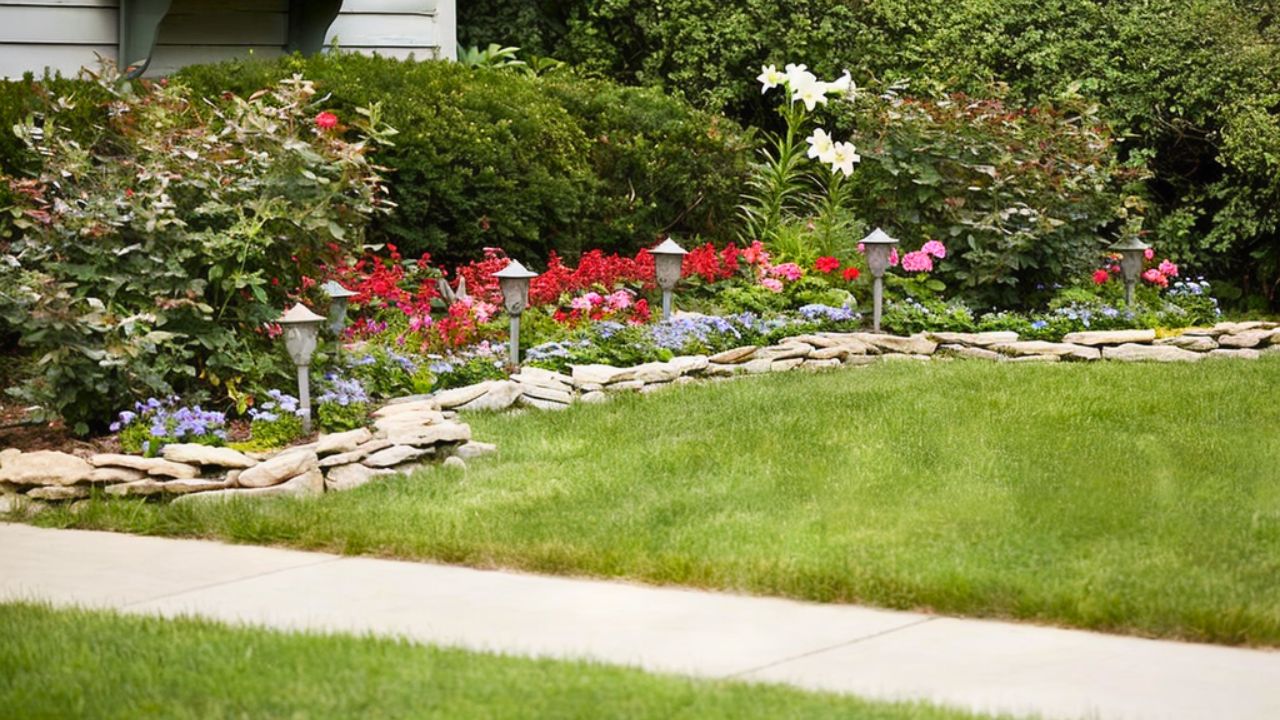
Metal, stone, paver, or a simple spade-cut trench all work—just don’t mix three types across the front. Pick the material that matches your house style and stick with it. A shallow V-trench edge is the cheapest and looks high-end when you keep it sharp. Recut once a season and it holds.
Unify the materials at the “thresholds”
Transitions are where yards fall apart. If your mailbox base, porch pots, and bed border are three different stones, pull one material through all three spots. Match tones if you can’t match exact materials—warm tan with warm tan, charcoal with charcoal. The eye reads continuity as intention.
Lower mulch, raise plants
Mulch sitting high above the edge looks like a temporary fix. Rake it so the top sits slightly below the hard edge you cut. Then lift your eye line with one or two taller anchor plants at the corners of the bed and near the porch steps. When plants are higher than the mulch, the yard reads finished instead of patched.
Tame the utility clutter
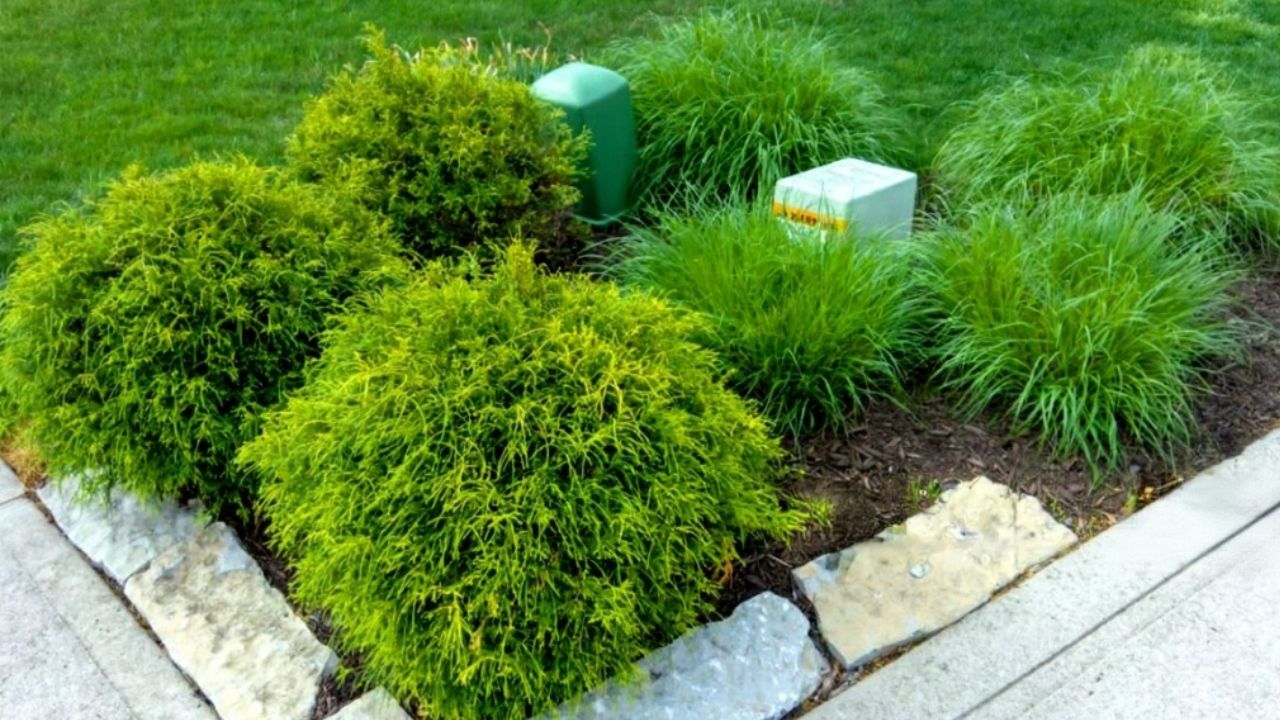
The green transformer box, hose spigot, and trash-can zone don’t have to be a focal point. Use one low shrub mass or a small privacy panel that matches your fence stain to visually contain them. Add a simple paver pad for trash cans so they sit square and don’t rut the lawn. Hidden clutter is what makes the whole front feel resolved.
Edges tell the story. Clean lines, one border style, and tidy thresholds make every other upgrade look intentional—even if the plant list is still simple.
*This article was developed with AI-powered tools and has been carefully reviewed by our editors.




